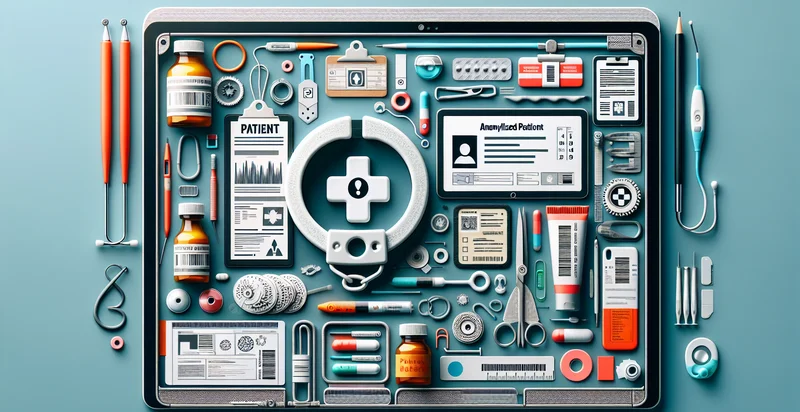Identify if patient is naked
using AI
Below is a free classifier to identify if patient is naked. Just upload your image, and our AI will predict if the patient is naked - in just seconds.

Contact us for API access
Or, use Nyckel to build highly-accurate custom classifiers in just minutes. No PhD required.
Get started
import nyckel
credentials = nyckel.Credentials("YOUR_CLIENT_ID", "YOUR_CLIENT_SECRET")
nyckel.invoke("if-patient-is-naked", "your_image_url", credentials)
fetch('https://www.nyckel.com/v1/functions/if-patient-is-naked/invoke', {
method: 'POST',
headers: {
'Authorization': 'Bearer ' + 'YOUR_BEARER_TOKEN',
'Content-Type': 'application/json',
},
body: JSON.stringify(
{"data": "your_image_url"}
)
})
.then(response => response.json())
.then(data => console.log(data));
curl -X POST \
-H "Content-Type: application/json" \
-H "Authorization: Bearer YOUR_BEARER_TOKEN" \
-d '{"data": "your_image_url"}' \
https://www.nyckel.com/v1/functions/if-patient-is-naked/invoke
How this classifier works
To start, upload your image. Our AI tool will then predict if the patient is naked.
This pretrained image model uses a Nyckel-created dataset and has 2 labels, including Dressed and Naked.
We'll also show a confidence score (the higher the number, the more confident the AI model is around if the patient is naked).
Whether you're just curious or building if patient is naked detection into your application, we hope our classifier proves helpful.
Related Classifiers
Need to identify if patient is naked at scale?
Get API or Zapier access to this classifier for free. It's perfect for:
- Patient Privacy Assurance: This function can help healthcare facilities ensure compliance with privacy regulations by identifying when a patient is improperly exposed during imaging procedures. By automatically flagging such instances, staff can take immediate action to maintain patient dignity and confidentiality.
- Automated Imaging Protocols: Hospitals can integrate this image classification function into their medical imaging systems to automatically adjust imaging protocols. If a patient is identified as naked during an imaging process, the system can prompt staff to provide appropriate coverings or reposition the patient, ensuring more practical and ethical imaging procedures.
- Telemedicine Enhancements: Telehealth platforms could use this function to evaluate and guide patients remotely, alerting healthcare providers if a patient is not adequately covered during a virtual consultation. This capability enhances the quality of care by ensuring that health assessments are conducted appropriately.
- Training and Simulation: Educational institutions can utilize this technology in a simulated environment to train medical staff about the importance of patient dignity and privacy. By incorporating scenarios where patients are identified as naked during practice imaging, trainees can learn to respond appropriately.
- Insurance Compliance Monitoring: Insurance companies can implement this function as part of their claim validation processes to ensure that all imaging claims meet required standards. If a patient's exposure is flagged, it can lead to denial of payment until corrective measures are confirmed.
- Emergency Response Protocols: In emergency medical situations, this function can assist first responders in ensuring that patients are adequately covered for both medical and legal reasons. Identifying exposure quickly can lead to better patient care and compliance with emergency standards of practice.
- Data Analytics and Reporting: Healthcare facilities can leverage data from the image classification function for analytics on patient exposure incidents. This data can help identify trends, areas for improvement in patient handling, and inform policies aimed at enhancing patient privacy and care standards.


